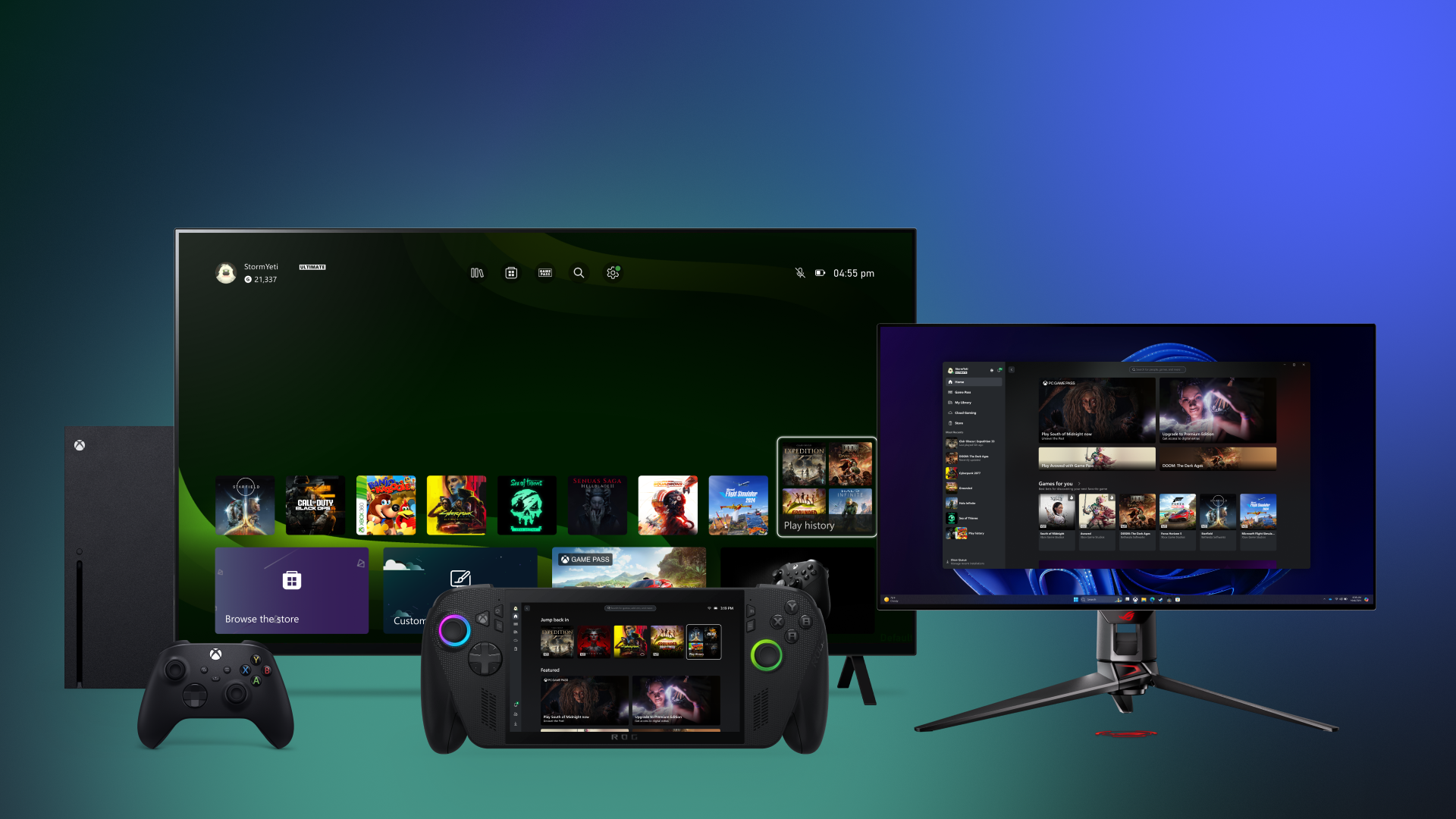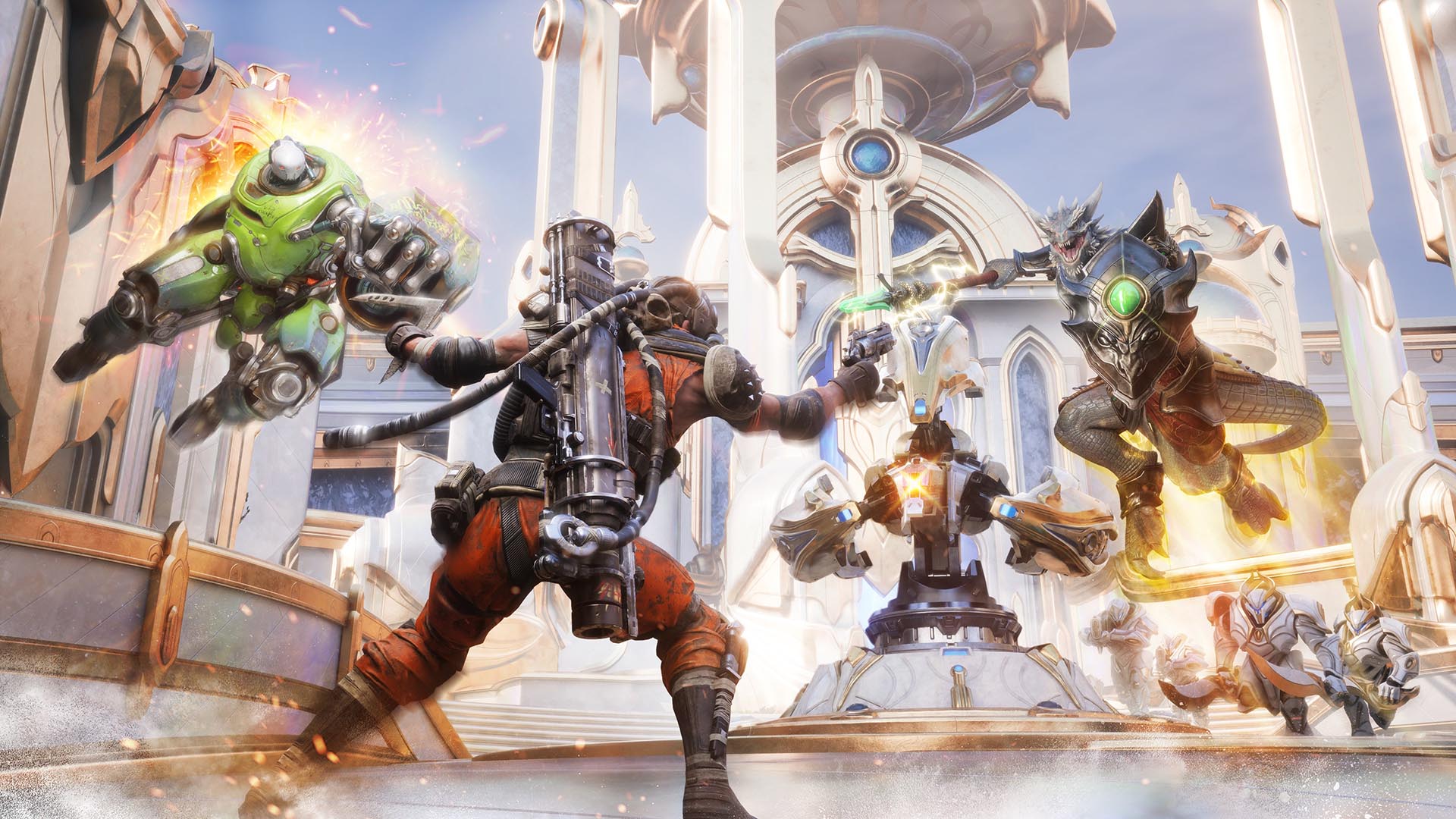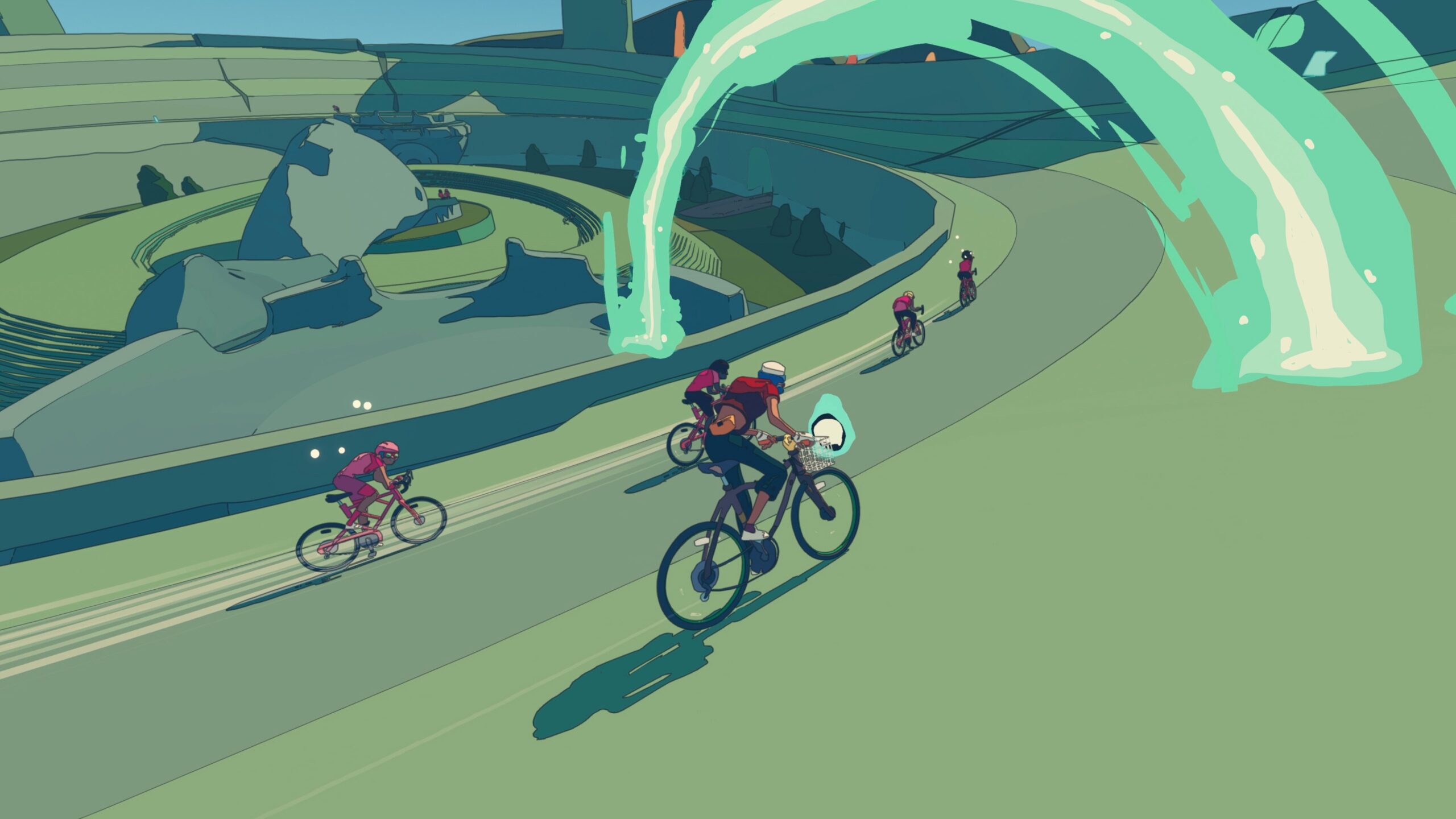From Trains to Temples: The Rise of Mobile Running Games
Explore the exciting journey of mobile running games—from the thrilling temples of Temple Run to the colorful subways of Subway Surfers. Discover why these simple, fast-paced games continue to dominate smartphones across the world.

Introduction: A Genre That Keeps Running
In a world filled with complex RPGs, competitive battle royales, and expansive open-world games, there exists a humble genre that has stood the test of time and technology—mobile running games. These games don’t need epic storylines or cutting-edge graphics. All they require is one finger, some quick reflexes, and a sense of rhythm.
Whether it's racing through subways with Jake in Subway Surfers mod unlock all characters and board, dodging ancient traps in Temple Run, or zooming through banana-filled tracks in Minion Rush, these games have become a mainstay on millions of phones worldwide. But how did we get here? How did a genre as simple as “endless running” evolve into a cultural force?
This article takes a deep dive into the rise, evolution, and impact of mobile running games—from their humble beginnings to becoming global sensations.
Chapter 1: Run, Dodge, Repeat – The Allure of Simplicity
At the core of every mobile running game lies a simple concept: the character runs automatically, and the player swipes to jump, slide, or dodge. There's no complicated button-mashing, no convoluted controls—just intuitive movements and increasingly fast-paced action.
That’s exactly why they work. These games are:
-
Easy to pick up
-
Hard to master
-
Perfect for short play sessions
-
Accessible to all age groups
This formula has allowed mobile running games to dominate the “casual gaming” space. You can play them on the bus, during a coffee break, or while waiting in a queue. No tutorials needed, just instinct.
Chapter 2: Temple Run – The Game That Started a Frenzy
Back in 2011, Temple Run by Imangi Studios exploded onto the mobile gaming scene. It wasn’t the first runner game ever made, but it was the one that made the genre mainstream.
The premise was thrilling: You’re a treasure hunter who’s stolen an idol from a mysterious temple, and now you’re being chased by demonic monkey creatures. You dash through ancient pathways, dodge fire traps, leap over broken bridges, and tilt your phone to collect coins.
Temple Run created the blueprint for all runner games that followed:
-
3D perspective
-
Endless gameplay
-
Progressive difficulty
-
Character upgrades and power-ups
Its massive popularity led to sequels, spin-offs, and licensed versions (like Temple Run: Oz). Suddenly, everyone was running.
Chapter 3: Subway Surfers – Style Meets Speed
If Temple Run introduced the genre, Subway Surfers perfected it. Launched in 2012 by SYBO and Kiloo, it combined addictive gameplay with vibrant, graffiti-inspired visuals and urban flair. You play Jake, a rebellious teen being chased by a grumpy inspector and his dog after tagging a train.
Unlike Temple Run’s jungle aesthetic, Subway Surfers felt modern and energetic:
-
Colorful graphics
-
Weekly “World Tour” updates featuring global cities
-
Funky characters and hoverboards
-
A peppy soundtrack that hooked players in seconds
It wasn’t just a game—it was a vibe.
Subway Surfers became the first game on the Google Play Store to surpass one billion downloads, a testament to its mass appeal. Kids, teens, adults—everyone was hooked.
Chapter 4: Why Are They So Addictive? The Psychology of the Endless Run
Ever told yourself, “Just one more run,” and then played for an hour? That’s not by accident—running games are designed to trigger certain psychological patterns that keep players coming back.
Here’s why:
-
Short sessions: Easy to squeeze into any break.
-
Progression loops: Collecting coins, unlocking new outfits, or upgrading power-ups gives a sense of achievement.
-
Randomness: Each run feels slightly different, keeping things fresh.
-
Challenging but fair: You feel like you're improving every time, even if the game gets harder.
-
Social competition: Leaderboards, Facebook integration, and friend challenges feed the desire to one-up others.
Running games master the art of instant gratification. There’s always a new high score to beat, a new character to unlock, or a new mission to complete.
Chapter 5: From Cartoons to Cinema – Branded Runner Games
Soon, big brands noticed the trend and jumped in. The format was perfect for tapping into existing fanbases:
-
Minion Rush (Despicable Me): A slapstick-filled journey with banana-loving minions.
-
Sonic Dash (SEGA): A classic console hero adapted for a mobile running adventure.
-
Talking Tom Gold Run: Another fun spin-off with globally recognized characters.
-
Bhaag Milkha Bhaag: Even Bollywood got involved, blending film storytelling with mobile gameplay.
These branded games brought with them bigger marketing budgets, cinematic elements, and even voiceovers. They took the core running formula and layered it with existing worlds and characters—perfect for fans and newcomers alike.
Chapter 6: Accessibility and Inclusivity – Gaming for the Masses
One of the biggest reasons mobile running games took off is because almost anyone can play them. They run on low-spec devices, often work offline, and have minimal text or instructions.
-
No language barrier: The visual-based gameplay makes them playable by anyone, anywhere.
-
Free to play: Most games are completely free, with optional purchases.
-
Family-friendly: Most runner games avoid violence and inappropriate themes.
-
Gender-neutral appeal: The characters, colors, and mechanics appeal to all genders.
From school kids in India to commuters in London, these games have become a global pastime.
Chapter 7: The Modern Era – AR, Multiplayer, and Innovation
Though the core formula hasn’t changed much, running games continue to evolve. Developers are constantly finding new ways to add depth and freshness:
-
Augmented Reality (AR): Games like “Run An Empire” combine fitness tracking with real-world running.
-
Multiplayer modes: Real-time races against other players have brought a competitive edge.
-
Story-driven runners: Some games now feature missions, narratives, and RPG elements.
-
Dynamic environments: Subway Surfers' ever-changing cities keep the game feeling new.
The genre is adapting without losing its simplicity—a rare balance in gaming.
Chapter 8: Money on the Move – How These Games Make Millions
Even though most runner games are free to download, they’re also extremely profitable thanks to smart monetization strategies:
-
In-app purchases: Players buy coins, gems, or power-ups.
-
Ads: Watch an ad to revive your character or double your rewards.
-
Seasonal battle passes: Subway Surfers now features time-limited progression rewards.
-
Limited edition content: Exclusive characters, skins, and upgrades create urgency.
It's a fine balance—offering optional purchases without making the game feel “pay to win.” The most successful games get this balance just right.
Chapter 9: Community, Culture, and the Global Fanbase
Mobile running games have grown far beyond being “just games.” They’ve become part of pop culture:
-
YouTube and TikTok challenges: Players show off epic runs, high scores, and fun glitches.
-
Fan art and cosplay: Characters like Jake, Tricky, and the Minions have a global following.
-
Speedrun tournaments: Niche communities have even turned these games into competitive events.
This level of engagement shows how deeply these simple games have resonated with people across generations and geographies.
Chapter 10: What’s Next for the Running Genre?
Looking ahead, the endless runner genre still has a long path in front of it:
-
Integration with wearable tech for real-world fitness.
-
AI-generated levels that adapt to your playstyle.
-
Cross-platform gaming where mobile players can race console users.
-
Collaborations with pop stars, anime, and sports brands.
As long as there are people with smartphones and a few minutes to spare, the genre will keep evolving—and running.
Conclusion: From Trains to Temples and Beyond
What started as a simple swipe-and-jump mechanic has become one of the most iconic mobile gaming genres in the world. Mobile running games have managed to balance simplicity with depth, casual play with competition, and fun with functionality.
Whether you’re dodging trains in the neon-lit streets of Tokyo in Subway Surfers, escaping temple demons in Temple Run, or just trying to beat your friend's high score on the leaderboard, one thing remains constant—the thrill of the run.
From trains to temples, from playgrounds to boardrooms, this genre has touched hearts, passed time, and entertained millions. And the best part? It’s still running strong.
What's Your Reaction?
 Like
0
Like
0
 Dislike
0
Dislike
0
 Love
0
Love
0
 Funny
0
Funny
0
 Angry
0
Angry
0
 Sad
0
Sad
0
 Wow
0
Wow
0




































